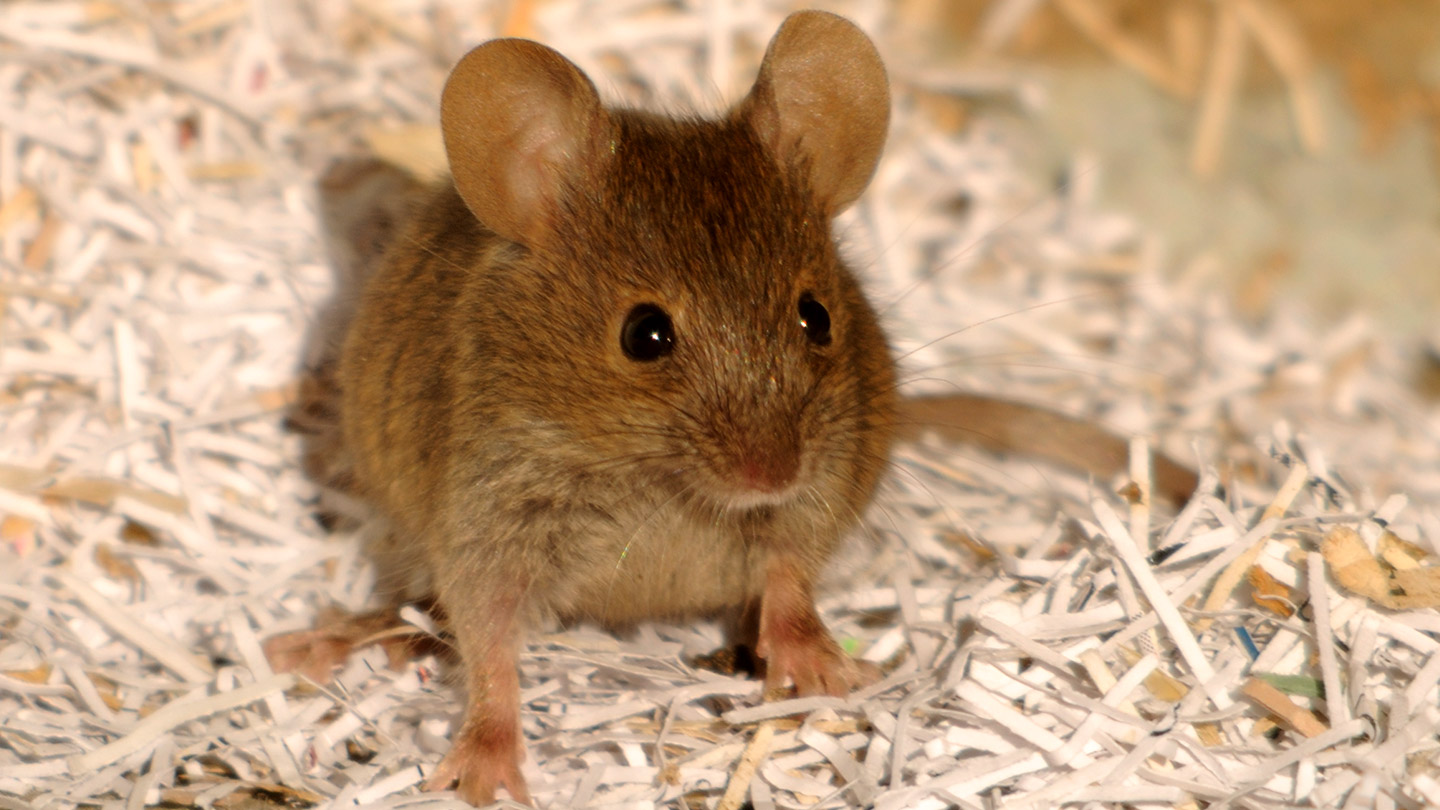Field Mice vs House Mice: How to Tell the Difference
Table Of Content

In the U.S.A., the most common types of mice found infesting homes are what commonly are classified as field mice and house mice. Both field mice and house mice can transmit diseases to humans and other animals. These diseases can be spread through direct contact with the mice or through contact with their droppings, urine, or saliva. Some common diseases transmitted by both types of mice include hantavirus, salmonellosis, and leptospirosis. Hantavirus is a potentially deadly respiratory disease that is transmitted through inhalation of airborne particles from contaminated mice droppings.
More in Pests
They also have large rounded ears positioned so that they angle toward the front. On average, a deer field mouse’s size is around 7 inches from the tip of the nose to the end of the tale. Without doubt, one of the biggest differences between field mice and house mice is their appearance.
Damage to property
We asked a biologist for tips on identifying and handling an infestation of these pesky critters. While wildlife repellents work on some animals, you likely need to take additional measures to control mice from entering the yard or home. So, that is why preventing the mice from coming in is the first step. Here are some suggestions from the pros at James River Pest Solutions. Mice range in color depending on species and can be brown, black or white in color, with tails of varying length. The house mouse may be small but its quick, agile and inconspicuous manner allows it to creep into many homes through small crevices.
The Importance of Identifying a Mouse Species

A field mouse’s average lifespan is around one and a half years, while the house mouse lives around 2 years. However, both rodents live longer in areas that provide them with better resources so it’s why mice that are kept as pets live longer. A female mouse can have 5 to 10 litters per year, with around 6-8 babies per litter. Both types of mice are “at home” living in the out of doors and inside a home or business.
Both of these types of mice can be found in forests, meadows, fields, and similar expenses. With that said, house mice are also comfortable in living in outdoor settings that are found in crowded urban or suburban areas. In fact, field mice are not likely to be found in urban or suburban settings unless there are parks or open fields in close proximity. Field mice prefer to build their nests outdoors, often in grassy areas or under shrubs.
The Types of Mice in Virginia and in Your House
How to know if you have mice in your house + how to keep them out this fall and winter - Raleigh News & Observer
How to know if you have mice in your house + how to keep them out this fall and winter.
Posted: Fri, 13 Oct 2023 07:00:00 GMT [source]
Additionally, field mice are known to consume seeds and nuts, which also contain moisture. By understanding the food preferences of field mice, it becomes easier to create strategies for their control and prevention. A reputable pest control service will treat a deer mouse infestation slightly differently than it would a house mouse infestation. The deer mouse ranges throughout North America, although it’s more common in the East than the West. Deer mice are primarily nocturnal omnivores (i.e. they’ll eat meat and plants).
Field mouse is a general term for mice that typically live outdoors. Usually, the term refers to the deer mouse, Peromyscus maniculatus. Although finding a field mouse in a house is possible, these rodents typically don’t live in suburban and urban areas. They tend to prefer forests, dense grasslands, and rural regions with farms. Whatever your unwelcome visitors may be, our rodent control service is at your disposal.
Establishing which kind are you trying to get rid of, will give you leverage in the fight. But in order to get that upper hand, you need to be able to tell apart both types of mice. The treatment of every infestation begins by establishing what kind of pest are you dealing with. From this point on you can figure out why it entered your property, from where it may have entered and so on. The answers to all those questions will lead an experienced professional to the actions he has to take to correctly treat the infestation and prevent it from happening again.
Field mice and house mice have distinct preferences when it comes to their habitats. Field mice, also known as meadow voles, are commonly found in grassy areas such as fields, meadows, and gardens. They prefer areas with dense vegetation and ample cover, such as tall grasses, shrubs, and brush piles.
They will, however, take whatever they can get, including meat. They produce 7 to 8 litters of babies in their entire life, each composed of up to 16 babies. They live up to 2 or 3 years instead of the field mouse’s average 1-year lifespan. While it may be tempting to try and eliminate mice from your home or property, it’s important to remember that they play an important role in the ecosystem.
This allows them to get over small obstacles easily, then climb textured surfaces to get to their nest. Deer mice tend to resist living in houses occupied by humans, but they can be found in parks or forests near urban or suburban areas. These mice are comfortable toughing it out in warm nests during the winter, but an isolated cabin with infrequent human visitors might be irresistible. A house mouse measures between 7 and 9.5 cm, with a tail about the same length. It has small legs and big ears, and its weight varies between 12 and 30 g.
Comments
Post a Comment